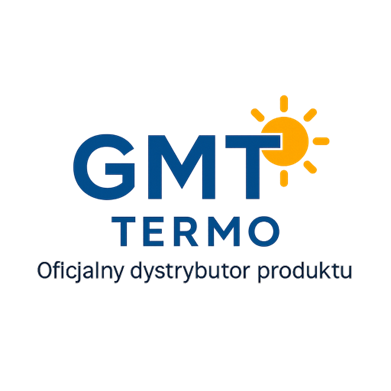Modern roof insulation – efficiency, durability, comfort
Effective roof insulation is not only a technical requirement today, but also an economic and ecological one. In an era of rising energy prices and increasingly stringent environmental requirements, investors are seeking solutions that deliver real savings, increased structural durability, and compliance with EU building standards. The answer to these needs is a professional thermal insulation coating , distributed in Poland and abroad by GMT Savings Technologies – a company specializing in providing innovative solutions for industry and construction.
What is a thermally insulating roof coating?
This modern, thin-layer membrane is applied directly to the roof surface. Its structure, based on thermally insulating microspheres, provides:
- effective reflection of solar radiation,
- reducing heat losses,
- protection against atmospheric and chemical factors.
Designed for use on flat and pitched roofs, both in new construction and renovations, it offers an alternative to traditional insulation, offering quick application, high durability, and an eco-friendly formula.
Coating properties:
Reduction of roof heating in summer by up to 30–40°C
Thermal insulation in winter
Resistance to UV, water, frost, mold, fungi and aggressive environments
Vapor permeability – the roof “breathes”
High flexibility and mechanical resistance
Non-toxic, solvent-free – safe for people and the environment
Application:
The coating can be applied to roofs made of:
- bituminous felt,
- concrete,
- trapezoidal sheet metal,
- PVC/TPO membranes,
- cement and ceramic roof tiles,
- sandwich panels and other popular roof coverings.
It is used in residential, industrial, public and agricultural buildings – both in Poland and on foreign markets.
Application process – simple and quick
- Surface preparation – cleaning, degreasing, removal of loose elements.
- Priming (if required)
- Applying the coating – by spraying, roller or brush
- Creating 1–3 layers – depending on technical requirements (0.5–2 mm each)
- Quick cur



